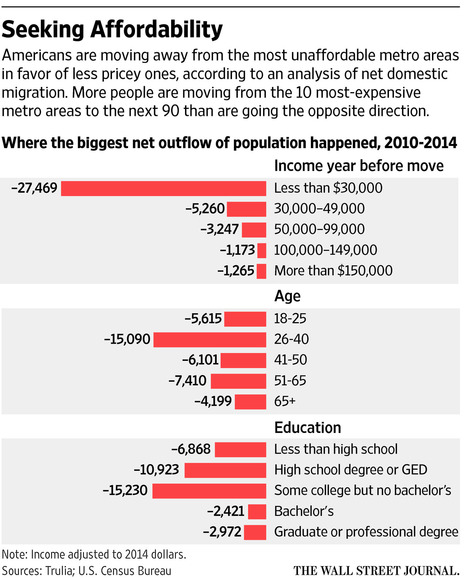(p. A22) To begin with, although the B&H Dairy Restaurant on Second Avenue in Manhattan now hangs by a thread, no one was hurt there on March 26 [, 2015], the day that three buildings on the same block were leveled by a gas explosion.
. . .
“On the third day after the explosion, people from the building department and Con Edison came together,” Mr. Abdelwahed said. “They inspected the place, upstairs, downstairs, the pipes, the basement. They told me, ‘You are O.K., you should be fine, no problem.’ ”
That changed, he said, in the charged days that followed, as it emerged that apparently illegal alterations to the gas lines had been made in one of the buildings down the street.
The original inspector returned, he said, and told him that another inspection was going to happen in a couple of days. “He said, ‘You’re not going to pass that inspection. Because of what happened next door, I don’t want to be responsible for the future,’ ” Mr. Abdelwahed said.
All of the gas piping in the building has to be replaced, a job the landlord has taken on, though it is not clear what deficiencies it had. The Buildings Department file for 127 Second Avenue shows that there were no open violations on the premises in March, and none now.
After questions were put four times to the city on Thursday about the nature of the problems with B&H’s operation, a spokesman for the mayor said the administration was trying to help small businesses affected by the explosion, including the restaurant.
In B&H, Mr. Abdelwahed said, the inspector noted that his stove had five burners, but the plans on file showed only four. “He required me to correct it on the plan,” Mr. Abdelwahed said. “Originally it was four. I don’t know how it came to be five. It’s not an issue. Where was an inspector before all this? You’re trying to show you’re working?”
. . .
“He told me, ‘You have to change the fire system,’ ” Mr. Abdelwahed said of the inspector. “Of course, I had a fire suppression system all the time, inspected. I told him, ‘I am going to go out of business.’ He said: ‘I’m sorry, I can’t help you.’ They don’t want to be responsible for anything.”
Because the fire suppression system was going to jut into the backyard, Mr. Abdelwahed had to apply for permission from the city’s Landmarks Commission as the block is part of a historic landmark district. Only after that approval was granted could his contractor apply for a building permit.
“What’s killing them is the lag time,” said Mr. Reynolds, who is organizing crowdfunding support for the restaurant. Bernadette Nation, an official with the city’s Department of Small Business Services, has cut red tape in getting permits issued, and their story has been covered on New York 1 and by many blogs.
For the full story, see:
JIM DWYER. “About New York; Unharmed by a Gas Explosion, but Choked by the Red Tape That Followed.” The New York Times (Fri., JULY 10, 2015): A22.
(Note: ellipses, and bracketed year, added. The quote from Mr. Reynolds in the last passage above, appears in the print version of the article, but not in the online version of the article.)
(Note: the online version of the story has the date JULY 9, 2015.)
 Source of graph: online version of the WSJ article quoted and cited below.
Source of graph: online version of the WSJ article quoted and cited below.

